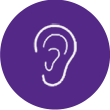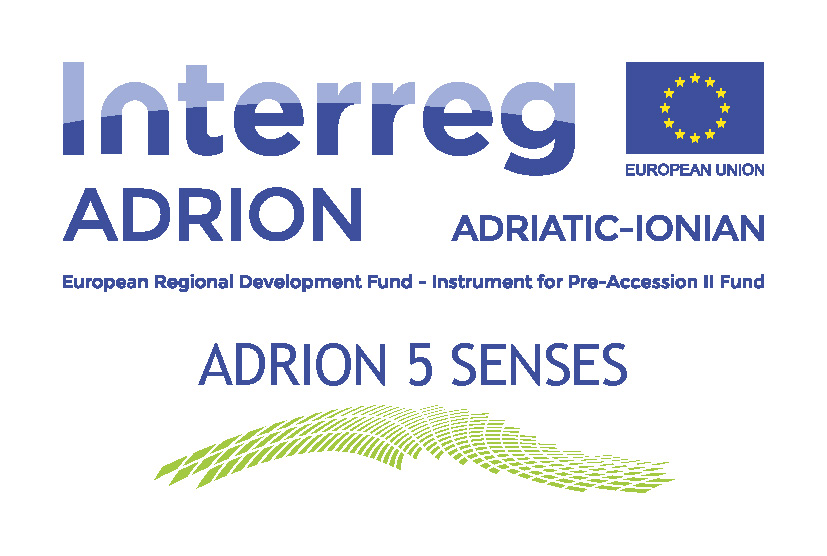

Sea waves & Surf
5.0
Hearing
Everyone knows that the Greek civilisation dates back to ancient times but hardly anyone knows that the Minoan civilization on Crete island was utterly destroyed by a tsunami around 1450BC when the volcanic island of Santorini erupted with a force 10 times the strength of Krakatoa. The height of the wave at source was a staggering 690ft (210m), and by the time it hit Crete, nearly 120km (75mi) away, it was still around 200ft (60m) high, wiping the Minoan's coastal towns from the map and sinking their large fleet without trace. These days, the Greek-owned fleet is the largest in the world and their affinity with the sea is now extending to surfing. With slightly more than 1000 islands, the Greek coastline is split between 4,000km (2,485mi) of mainland and 10,000km (6213mi) of islands. The large, southern island of Crete, would seem to have the best swell exposure, but underwater topography is not that great and spots are far from each other. The countless Greek islands of the Aegean Sea experience a strong N wind known as the 'Meltemi' in summer, whipping up many rideable waves on islands like Chios, Kos, Naxos, Rhodos or Thinos. From Athens, it's a straight shot to Peloponisos, which is exposed on both sides. However, it's the coast of Epirus, right below Albania, that gets both S swells from the Ionian Sea as well as NW swells from the southern Adriatic Sea, which combined with the highest density of quality surf spots, make this region Greek surf central. In 2005, Surfing Magazine published Poseidon Adventure: A Greek Surf Odyssey with Joe Curren, Mike Todd and Ben Bourgeois showcasing the surf potential. Italian and French surfers are starting to make the trip there when winter storms coincide with cheap air tickets, joining the growing number of locals riding some decent quality lefts.










